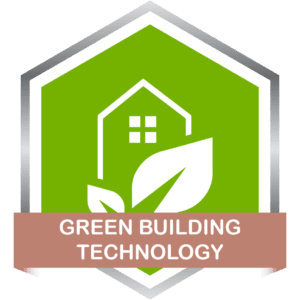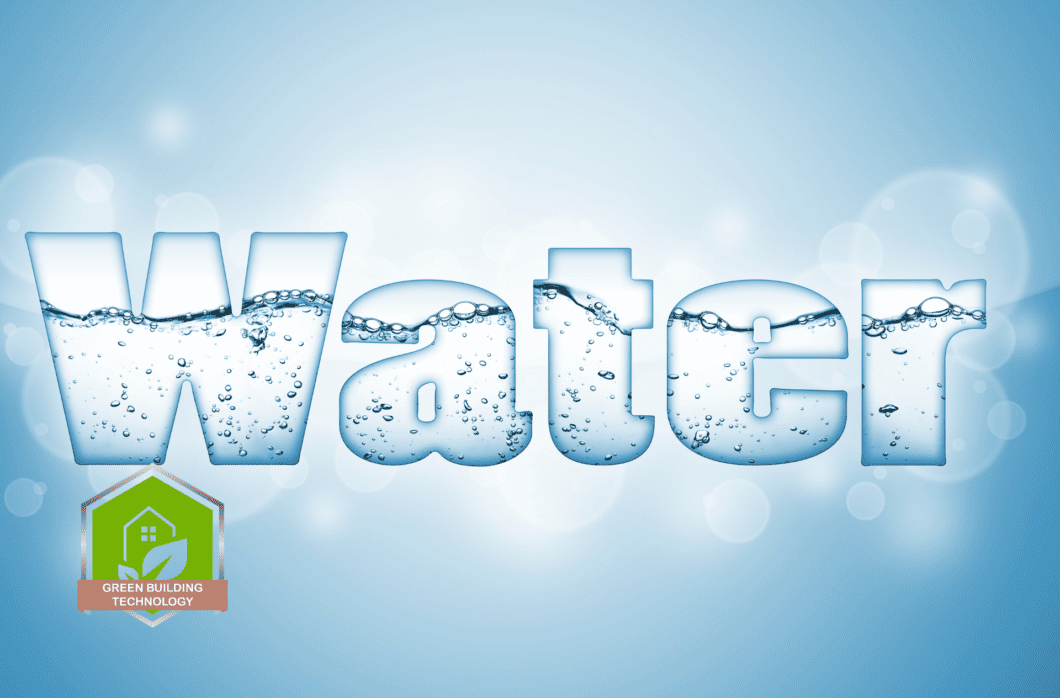Water Efficiency – Green Building Technology 
Water efficiency is the process of reducing water consumption by measuring the quantity of water needed for a certain function and making sure that it is related to the amount of vital water consumed. Water efficiency varies from conservation in that it focuses on decreasing waste rather than limiting use.
Discover how to go forward with the LEED v4 BD+C Water Efficiency Credits, which emphasise the relevance of using as little water as possible both inside and outside the building, as well as the significance of water metering for enhanced water management. Learn more.
The Water Efficiency strategy focuses on reducing water consumption both inside and outside of buildings. The natural water cycle is a system in which water resources are continuously transferred between several components, including the air, the water in the soil, the water on the surface, the water in the ground, and the water in the plants. This process purifies and replenishes the supply of freshwater. The rate at which people use up fresh water exceeds the rate at which it can be replenished through natural processes; hence, water can no longer be considered a renewable resource.
Water depletion and scarcity can hurt the environment, but collecting, recycling, and reusing water are sustainable ways to use water more efficiently.
The Water Efficiency – Green Building Technology Training Program was created by Krishnaji Pawar. He is the CEO and founder of Beyond Smart Cities.
specialises in developing sustainable design strategies for Green Building Certification Systems (LEED, GSAS, ACP, ISO 14001:2015, etc.), Energy Management, Energy Efficiency, Energy Audit, Building Commissioning, Environmental Impact Assessment, and Environmental Management Systems.
Key Learning Objectives
- Find ways to use less water inside and outside the building, and install water metres to help you manage water better.
- Recognize how credits address issues related to water efficiency.
- Recognize synergies between multiple credits.
- Identify the intent, requirements, and strategies for success with water efficiency credits.
- Recognize how credit requirements lead to higher-performing buildings and market transformation.
Who this course is for:
- People who want to know more about how the LEED rating systems measure water efficiency
- Sustainability managers, sustainability engineers, facility and business managers, industrial engineers, supply chain professionals, utility officials, consultants, contractors, financial officers, and people who work for energy service companies become more aware of and skilled at finding and putting into action the best strategies for a sustainable site.
- Architects, urban planners, and landscape professionals
- For students who need a deeper insight into water efficiency with respect to LEED
- Looking to gain employment in sustainability or green building development? This sector is booming.
Water is not only necessary for human life, but it can also be thought of as a source of fuel for humans. Even in modern times, many people have the misconception that its supply is plentiful; yet, contrary to popular belief, water is not an infinite resource. To be more specific, the fresh potable water that is absolutely necessary for human living is swiftly running out.
Having appliances and fixtures that are water-efficient, in addition to using water sensibly, can save money and contribute to maintaining our reserves at sustainable levels.
Water efficiency is a big part of green buildings. The strategies and technologies that are used to make buildings more water efficient reduce the amount of potable water that is used in buildings. Green buildings use a variety of technologies to save water, such as rainwater harvesting, recycling and reusing grey water, low-flow fixtures, sensors, and so on. Water efficiency measures in homes and businesses can cut water waste by a lot. This means less water goes down the drain, less energy is used, and money is saved.

